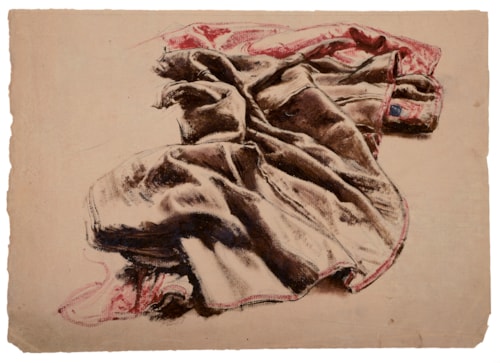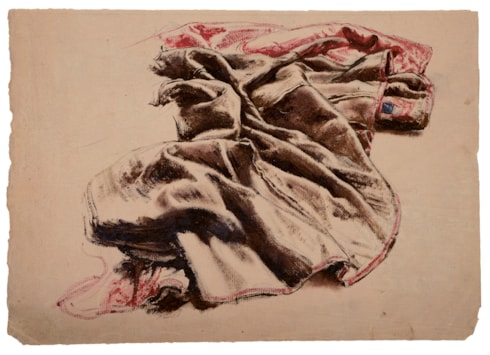
Franz Xaver WINTERHALTER
Menzenschwand 1805 - Frankfurt 1873
Biography
Born in a small village in the Black Forest, Franz Xaver Winterhalter began his career as a lithographer and was apprenticed to a painter in Freiburg-im-Breisgau for several years before completing his studies at the Munich Academy. In 1830 he settled in Karlsruhe, where he painted portraits of Leopold, Grand Duke of Baden, and his wife Sophie, Grand Duchess of Baden, by whom he was also employed as a drawing master. With the financial support of Leopold, Winterhalter travelled to Rome in 1832, where he gravitated towards the French community of artists in the city, notably Horace Vernet. (Indeed, his style as a painter was by this time so indebted to French art that his fellow German artists nicknamed him ‘der Französische’.) On his return to Karlsruhe in 1834, Winterhalter was appointed court painter to the Grand Duke.
By the following year, however, he had left Germany and moved to Paris, where he worked for the next thirty-six years of his long and highly successful career. A large Italian genre subject, Il Dolce Farniente, was an immediate success at the Salon of 1836, as was another Italianate subject picture, entitled The Decameron, shown the following year. It was as a fashionable society portrait painter, however, that Winterhalter established his reputation in Paris.
Appointed court painter by Louis-Philippe, Winterhalter completed more than thirty official portrait commissions of members of the royal family and court for the King, many of which were widely reproduced in painted copies and as prints, as well as on Sèvres porcelain. The artist earned a considerable amount from these works, and their fame led to further commissions from members of the French aristocracy. Louis-Philippe recommended Winterhalter to Queen Victoria, who became his most important patron. Between 1842 and 1871 the artist spent several weeks a year in England, working mainly at Buckingham Palace and Windsor Castle. He painted over a hundred works for Queen Victoria and Prince Albert, notably a large family portrait of 1846 which found great favour with the Queen and long remained one of her favourite works in the Royal collection. Winterhalter’s success at the courts of Paris and London led to numerous Royal commissions from all over Europe – notably from Spain, Portugal, Germany, Austria, Poland and Russia - and he found himself the most celebrated society painter of his day.
During the Second Empire, he continued to earn important portrait commissions from Napoleon III and, in particular, the Empress Eugénie, whom he served as court painter over a period of about a decade. Winterhalter died of typhus in 1873, and on hearing the news of his death, Queen Victoria wrote to one of her daughters, ‘His works will rank in time with Vandyck…There was not another portrait painter like him in the world.’


